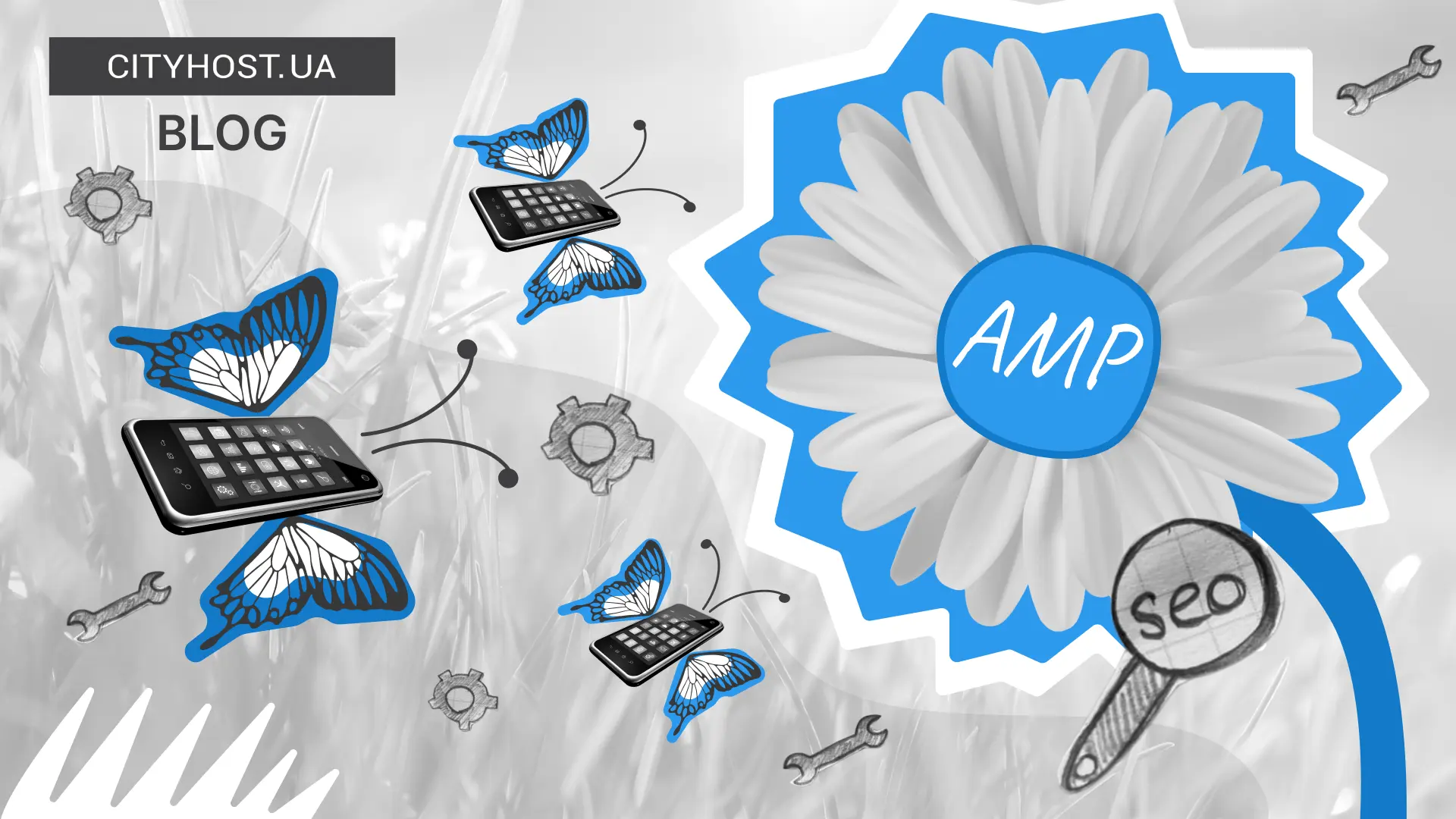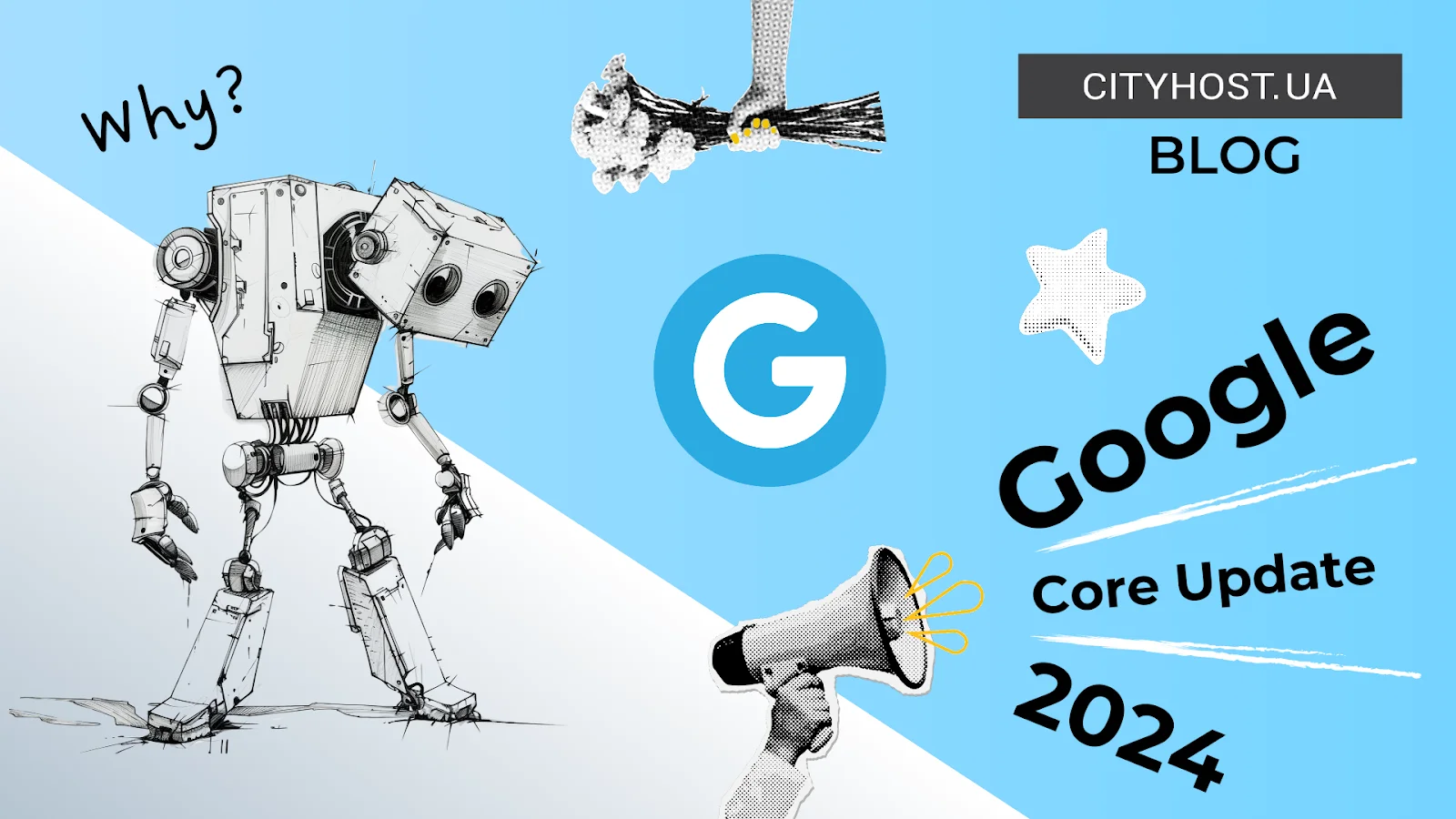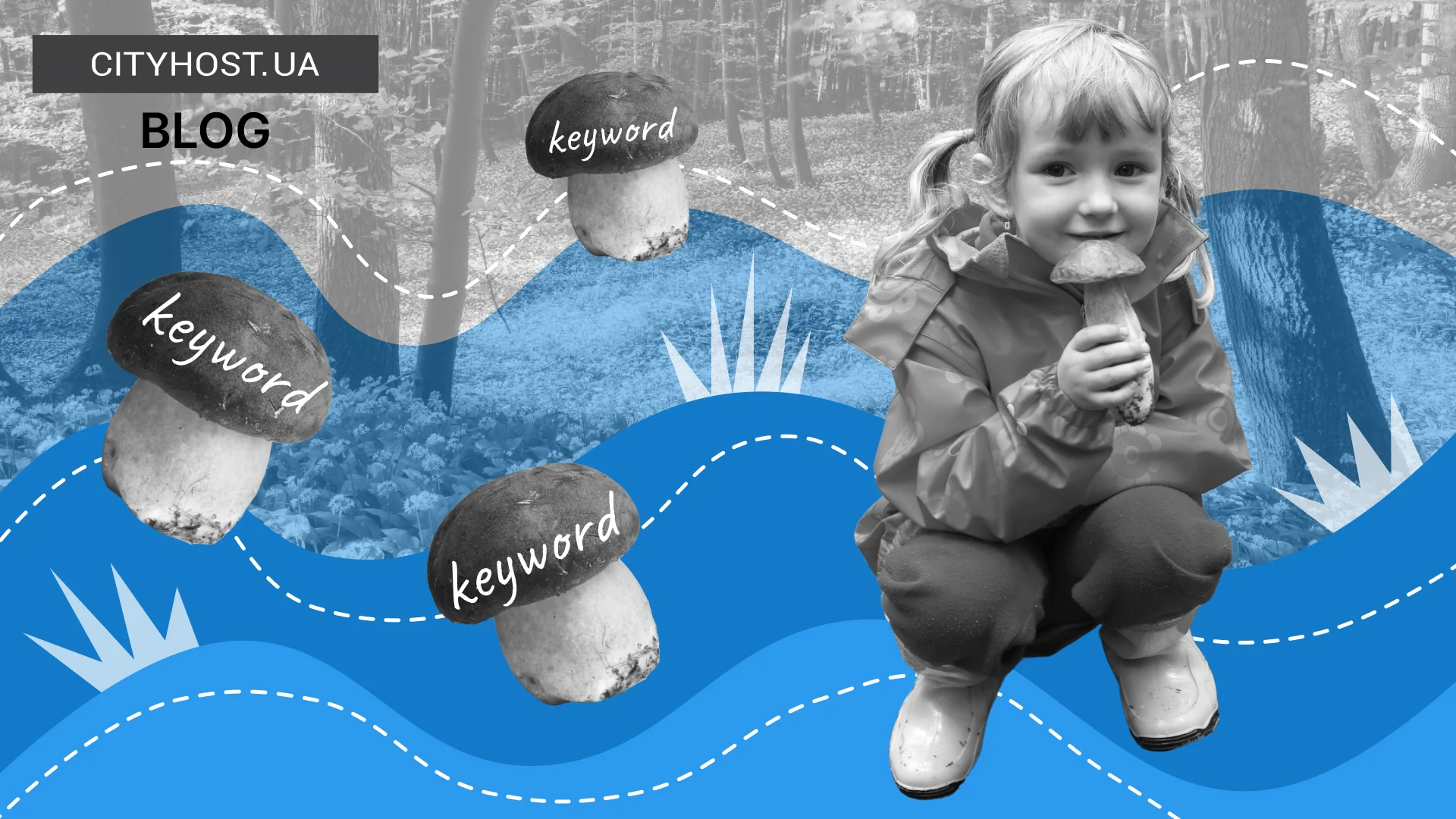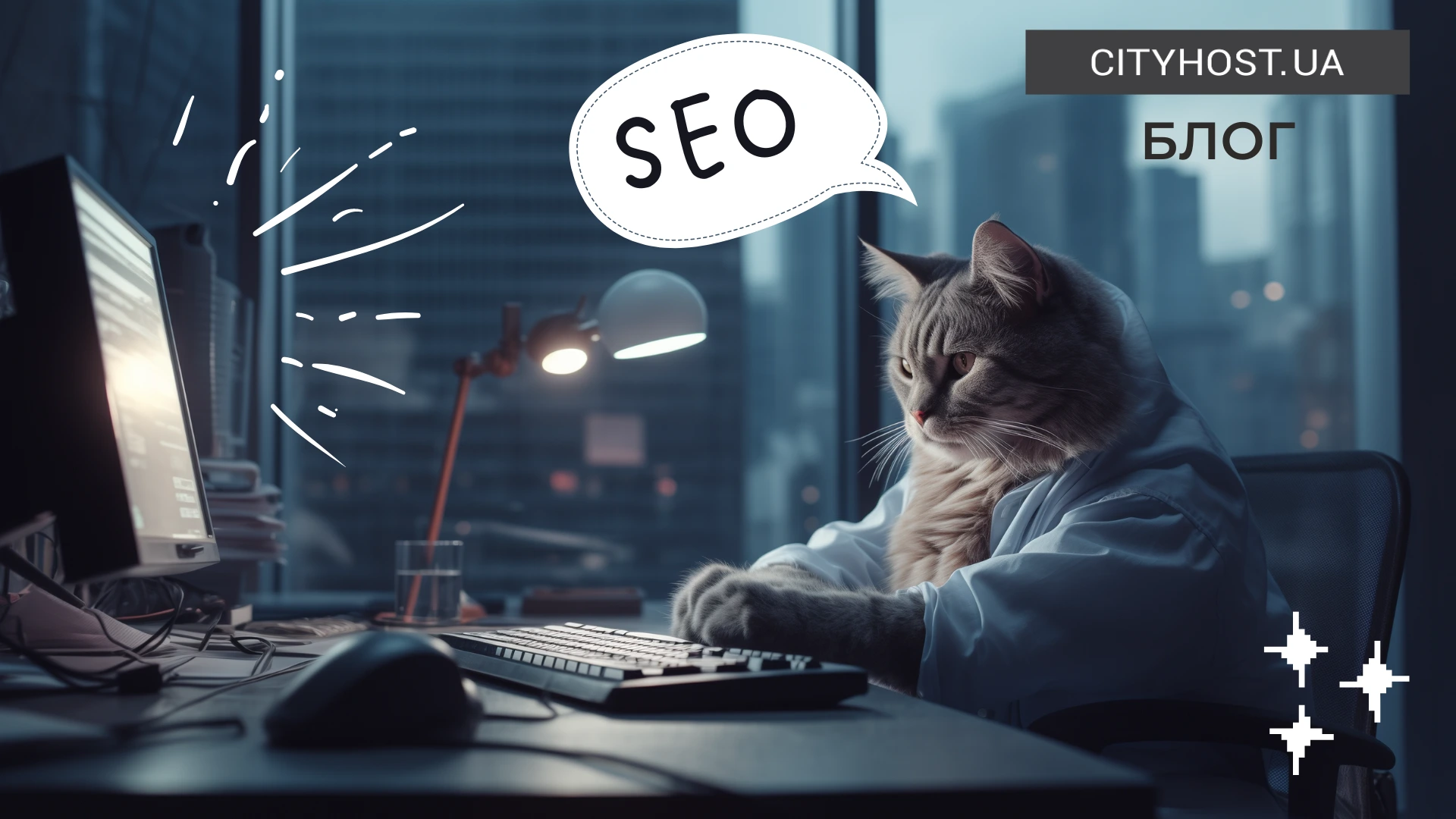 Image Sitemap: Why You Need It and How to Create One
Image Sitemap: Why You Need It and How to Create One
What is an image sitemap, why it’s important, and how to create one — learn more in the new article from Cityhost.
 What Are AMP Pages and How to Add Them to a Website
What Are AMP Pages and How to Add Them to a Website
AMP pages can boost site speed and increase traffic, but they may also negatively impact a web resource. Why? Find out in the new article.
 How to Improve Your Website's SEO with Yoast SEO
How to Improve Your Website's SEO with Yoast SEO
A detailed review with screenshots of the Yoast SEO plugin on WordPress: from installation and basic settings to post and page optimization.
 Google updates in March 2024 – the search engine rolls out a global update
Google updates in March 2024 – the search engine rolls out a global update
The latest Google updates will significantly impact search results. Read the article to find out what actions can now be considered manipulative.
 What Is a Website SEO Audit and How to Conduct It Yourself
What Is a Website SEO Audit and How to Conduct It Yourself
We have prepared a detailed guide on how to conduct a website SEO audit yourself: from collecting initial data to step-by-step analysis and making changes.
 How to Use Google Keyword Planner for Keyword Research
How to Use Google Keyword Planner for Keyword Research
Want to collect keywords for your website for free? Use Google Keyword Planner, but first, learn how to bypass its limitations.
 How to Adapt Your Website for Mobile Devices
How to Adapt Your Website for Mobile Devices
A website is impossible without adaptation for device screens. Read the article to learn various methods for creating responsive site.
 How to Attract More Comments to Your Blog
How to Attract More Comments to Your Blog
Blog comments are a great way to improve the SEO of a website and create a loyal community of users. How can this be done? Read in the article.
 Review of Rank Math SEO: A Powerful Plugin with Numerous Features — Pros and Cons of a Broad Set of Tools
Review of Rank Math SEO: A Powerful Plugin with Numerous Features — Pros and Cons of a Broad Set of Tools
Rank Math is a free solution for website optimization. We offer a step-by-step guide to setting up the SEO plugin, complete with descriptions and screenshots.
 What is a Search Engine Robot and How to Manage It
What is a Search Engine Robot and How to Manage It
In this article, you will learn what a search engine robot is and how to manage it to attract visitors from search engines.
 Bounce Rate on a Website — How to Analyze and Reduce It
Bounce Rate on a Website — How to Analyze and Reduce It
Do readers visit your website and not interact with it? This is what a bounce looks like — an important metric that we'll discuss in article.
 SEO on a shoestring – what a website owner can do on their own for site promotion without hiring specialists
SEO on a shoestring – what a website owner can do on their own for site promotion without hiring specialists
SEO is a lengthy and complex process that requires the involvement of specialists. However, improvements can be made on website independently.
Internal site optimization is one of the key stages of project advancement. Directed to work with the project itself: starting from the structure and ending with the content.
Internal optimization is primarily performed for users who will visit the site. The profit of the company directly depends on how well they understand the structure of the web resource, how easily they will be able to find the necessary sections and place an order. After all, if search engines see that people like the online store, and they spend a lot of time on it, then they increase their position in the search results.
If users log in and quickly log out, it means that the site's usability leaves much to be desired. Such a project requires refinement, and therefore does not deserve a place in the TOP-10.
Internal optimization includes work on:
Now you know what internal optimization is and what it gives. Even the 6 points listed above are enough to get into the TOP search engines. But they are actually much more. You will have to work with it constantly, since the internal optimization of the site never ends. You can always improve something. What exactly - read in the blog of the CityHost company.